Oaths, Vows and Promises in the first Part of the French Prose Lancelot Romance
Extraits
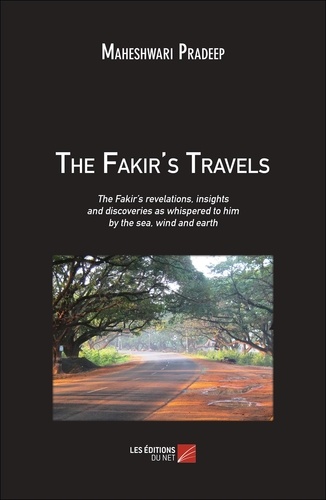
Sociologie
The Fakir's Travels
04/2014
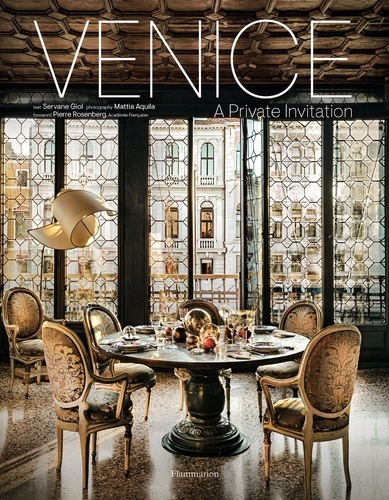
Monographies
Venice. A Private Invitation
09/2022
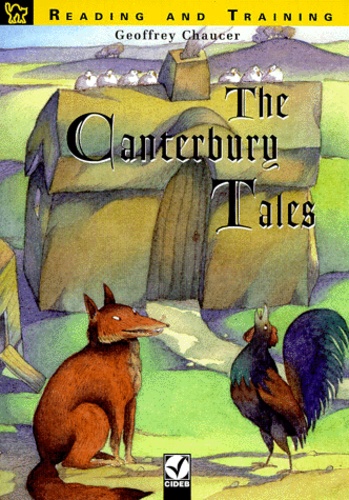
Anglais apprentissage
THE CANTERBURY TALES. Avec cassette audio
06/1999
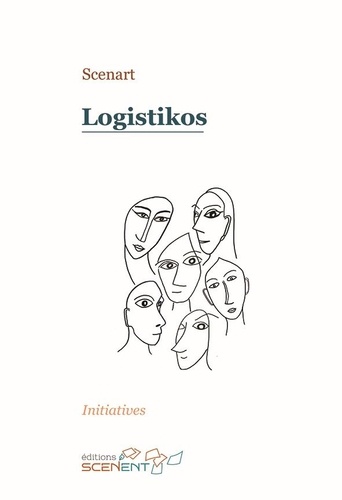
Littérature française
Logistikos
02/2021

Décoration
Gladky's Art Deco Patterns and Designs in Full Color
01/1989
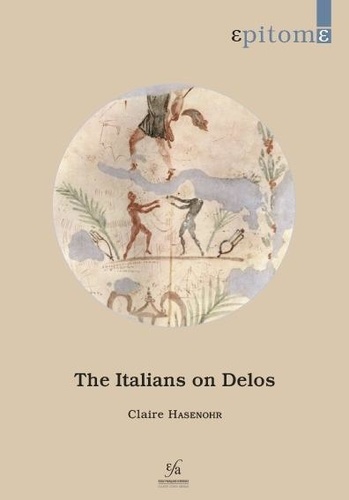
Antiquité - Généralités
The Italians on Delos
11/2021
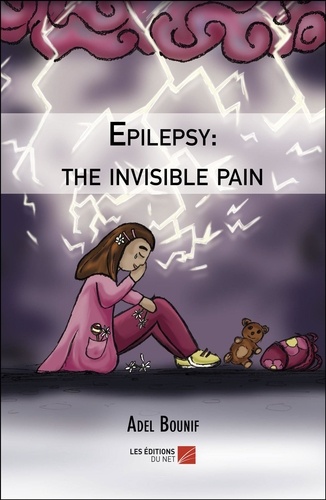
Poésie
Epilepsy: the invisible pain
01/2019
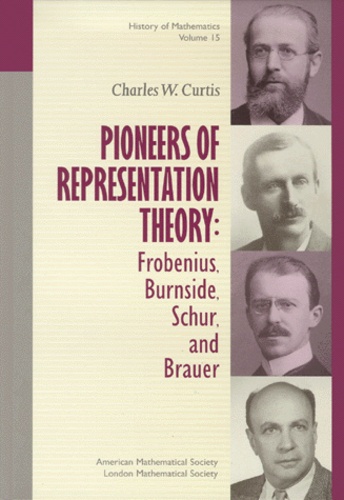
Histoire et Philosophiesophie
PIONEERS OF REPRESENTATION THEORY: FROBENIUS, BURNSIDE, SCHUR, AND BRAUER
01/1999

Histoire internationale
Dealing with the Devil
03/2010
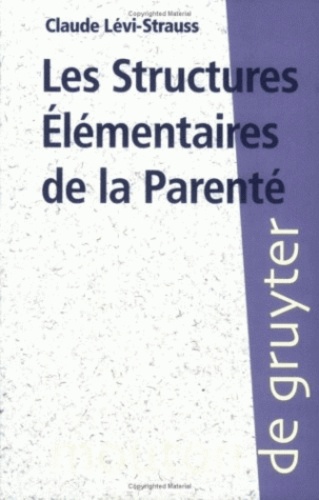
Ethnologie
Les structures élémentaires de la parenté
01/2002
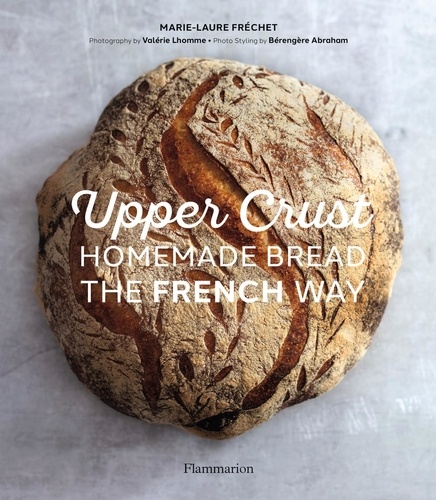
Monographies
Upper Crust : Homemade Bread the French Way. Recipes and techniques
11/2021
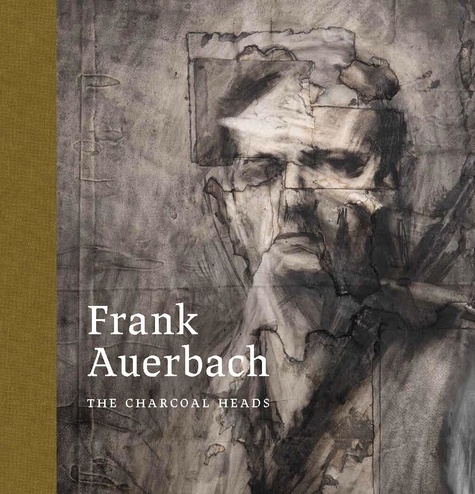
Mouvements artistiques
Frank Auerbach. The Charcoal Heads
03/2024
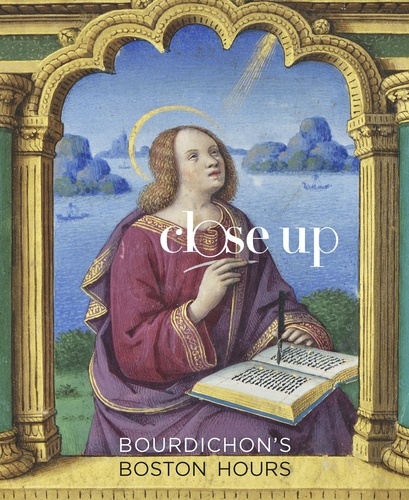
Beaux arts
Bourdichon's Boston Hours
09/2021
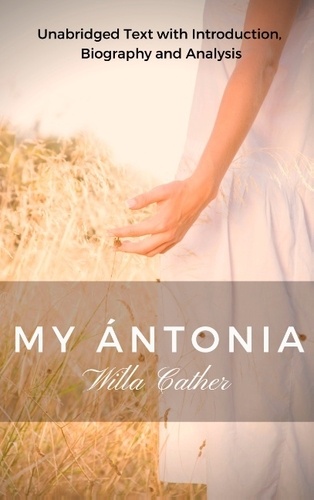
Littérature française
Willa Cather my Antonia. Unabridged Text with Introduction, Biography and Analysis
05/2017

Tourisme étranger
Moroccan tracks Volume 11. The sagho djebel
08/2022

Développement durable-Ecologie
Native Land, Stop Eject. Edition en anglais
05/2010
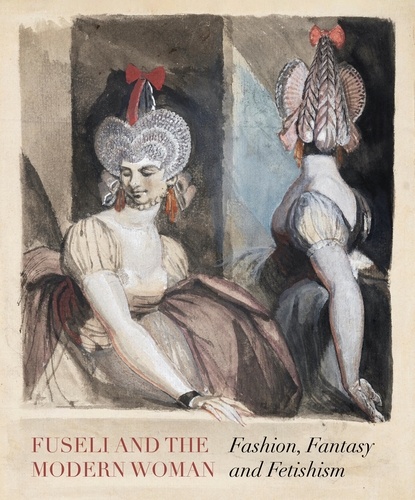
Monographies
Fuseli and the Modern Woman. Fashion, Fantasy, Fetishism
12/2022
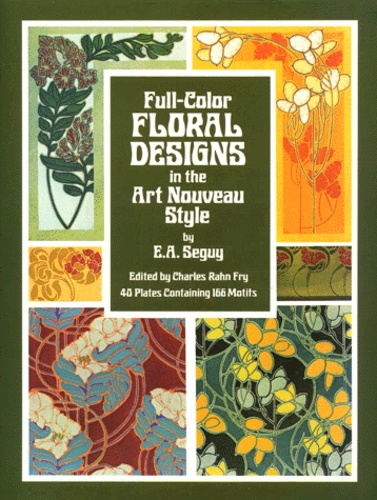
Décoration
Full-Color Floral Designs in the Art Nouveau Style
01/1977
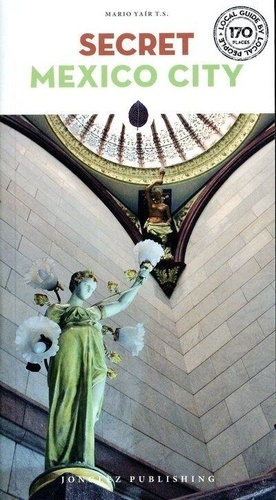
Mexique
Secret Mexico City
02/2024

Non classé
Covenant and Liberation
01/1991

Monographies
Loire's castle
03/2024
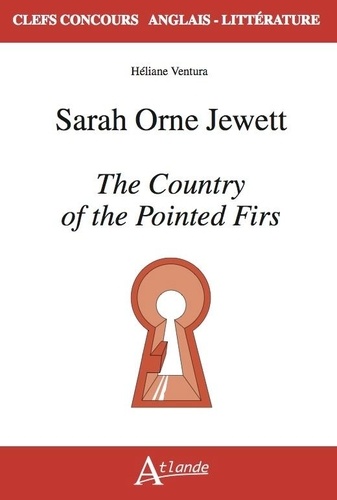
Divers
Sarah Orne Jewett. The Country of the Pointed Firs
04/2022
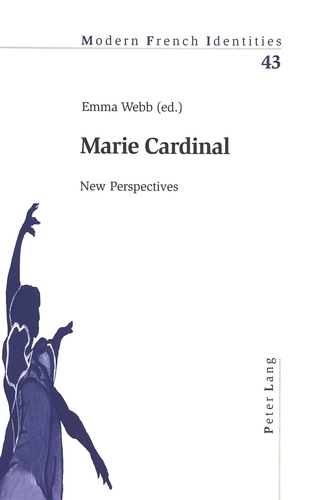
Non classé
Marie Cardinal
12/2005

Non classé
Read Ancient African scripts from any current African language. Volume 2
05/2020
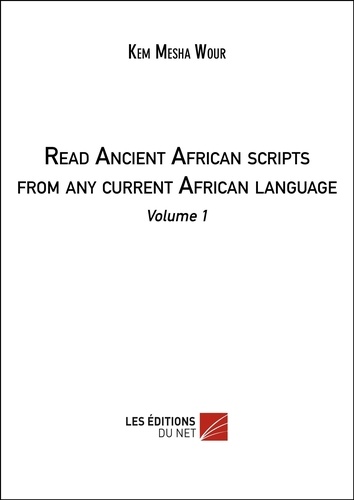
Non classé
Read Ancient African scripts from any current African language. Volume 1
05/2020

Histoire internationale
Charge of the Bull
06/2012

Histoire internationale
Each Child Is My Only One
05/2014

Non classé
Aurier, Symbolism and the Visual Arts
11/1999

Droit
Activation Policies for the Unemployed, the Right to Work and the Duty to Work
06/1987

Non classé
Shakespeare's Reception in 18th Century Italy
06/1993

